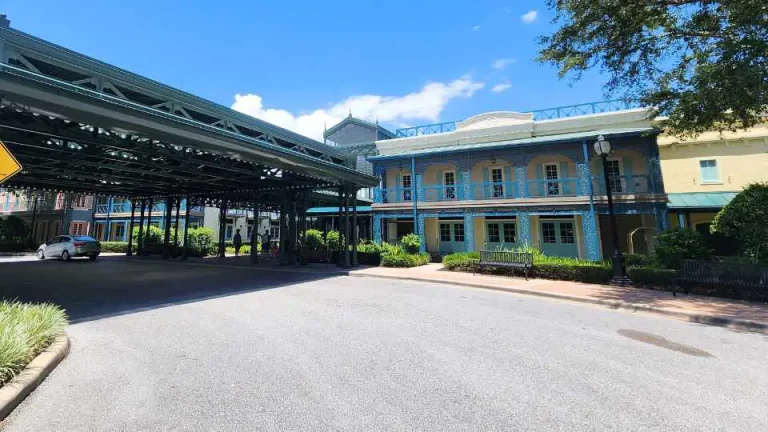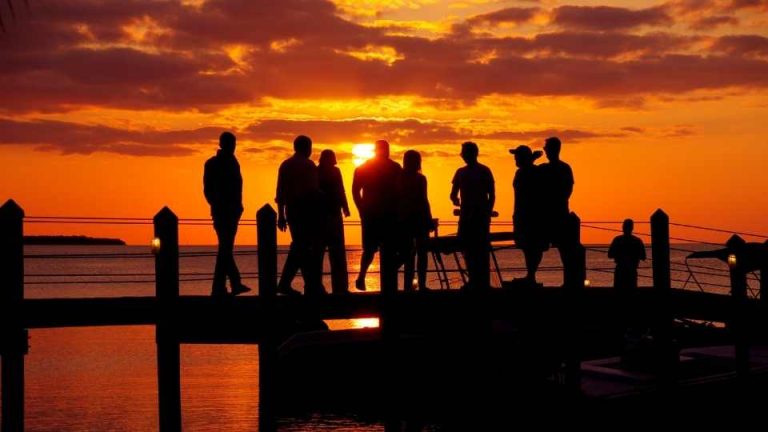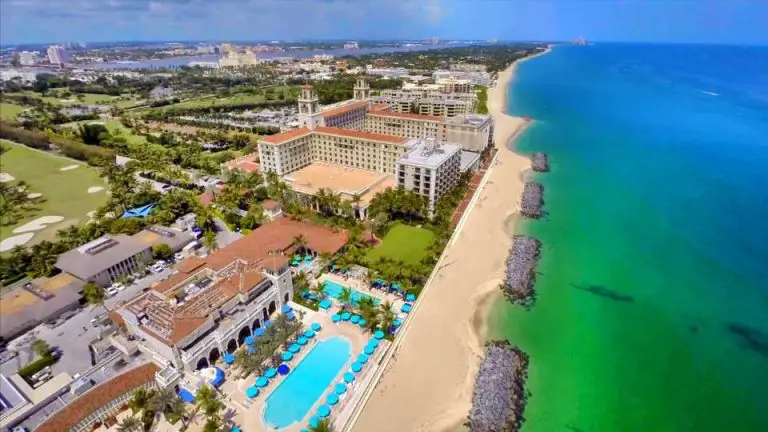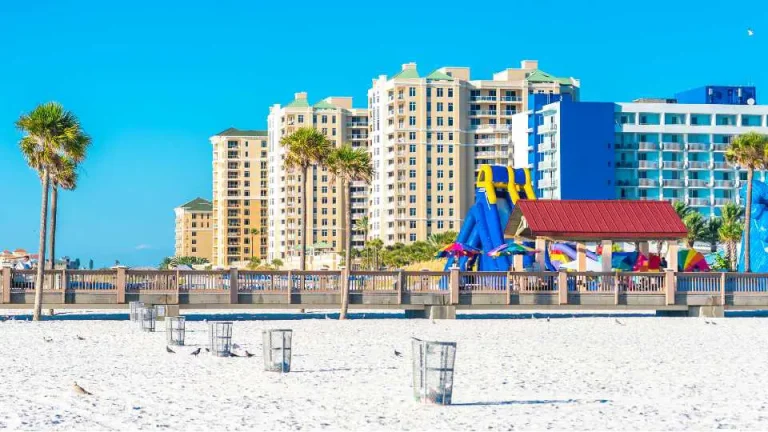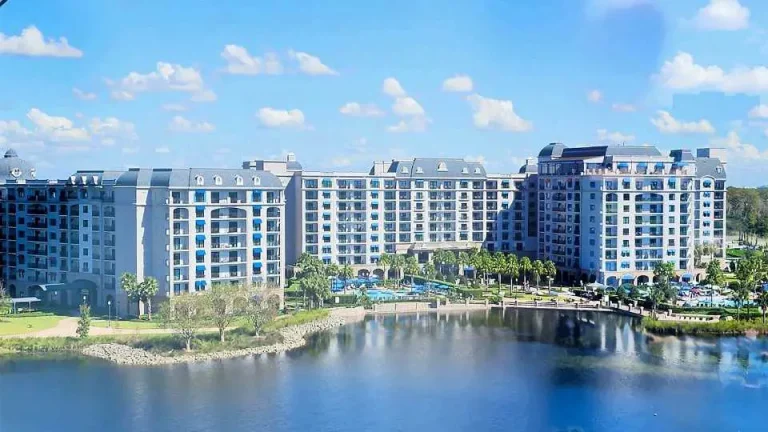Living in the Greater Orlando Area: Benefits and Lifestyle Considerations
Living in the Greater Orlando area offers residents an appealing blend of year-round sunshine, diverse neighborhoods, and a variety of amenities that cater to a wide range of lifestyles. Known for its tourist attractions, particularly the theme parks that have deemed it a world-class destination, Orlando also provides a sense of community with its vibrant local culture.
The urban core of Orlando, accompanied by its suburban surroundings, presents a patchwork of living experiences. From the upscale and serene atmosphere of Winter Park to the dynamic and family-friendly Doctor Phillips, there’s an abundance of choice for those deciding to call this region home. The education system, featuring both public and private options, is bolstered by various universities and colleges, contributing to the area’s well-rounded nature.
Cost of living in Orlando varies by neighborhood, with a mix of affordable and high-end options. The availability of housing spans from the city center to the quieter suburbs, where one can find both city neighborhood comforts and suburban tranquility.
This flexibility makes the Greater Orlando area a desirable place to live for individuals and families alike, offering a slice of Florida life that goes beyond the theme parks.
Overview of Orlando
Orlando is a vibrant city located in Central Florida known for its warm climate, diverse population, and dynamic economy. This section provides an insight into the city’s geographical setting, demographic profile, prevailing economic conditions, and the state of education.
Geography and Climate
Orlando is situated in the heart of Central Florida and features a humid subtropical climate. With temperatures averaging a low of 52°F in January, the city enjoys mild winters and hot, humid summers. Sunshine is abundant throughout the year, making Orlando favorable for outdoor activities.
Population and Demographics
The population of Orlando is diverse, contributing to a rich cultural tapestry. As a part of the Greater Orlando metropolitan area, the city has experienced growth and as of recent counts, has a population in the metropolitan area exceeding 2 million residents. The demographics reflect a mix of ages, ethnicities, and cultures.
Economy and Employment
The economy in Orlando is robust, largely fueled by tourism, healthcare, technology, and aviation industries. Major employers include Walt Disney World, Lockheed Martin, and the University of Central Florida, offering varied employment opportunities across these sectors. The city’s expanding job market makes it an attractive option for those seeking new careers.
Education System
Orlando boasts a strong education system with numerous public schools. The schools in Orlando are part of Orange County Public Schools, one of the largest districts in the state, focused on providing quality education. Higher education is represented by the University of Central Florida, among other institutions, catering to a range of academic and professional aspirations.
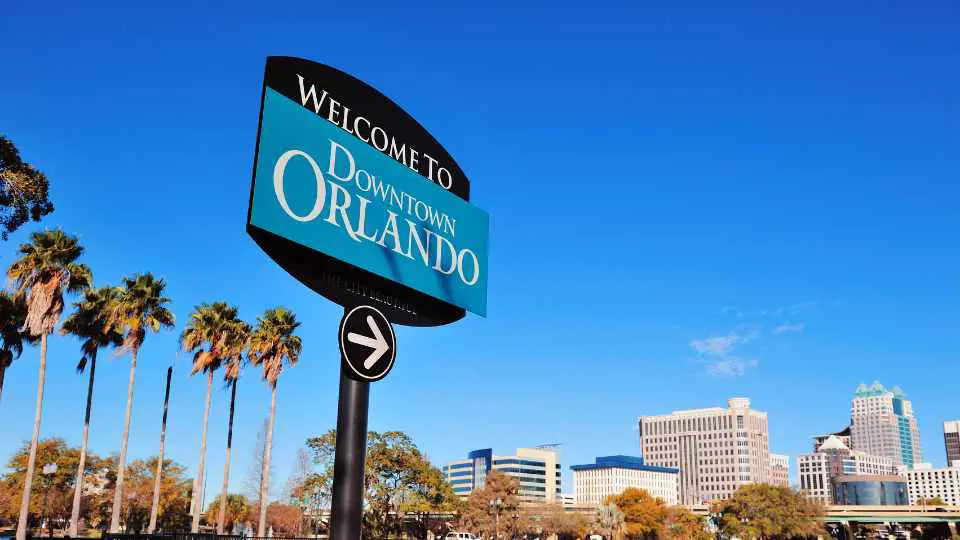
Housing and Neighborhoods
The greater Orlando area presents a diverse and dynamic real estate market, with options ranging from luxury condos to traditional single-family homes. Understanding the housing landscape, from the cost of living to the most sought-after neighborhoods, is key for prospective residents.
Real Estate Market
Orlando’s real estate market caters to a variety of preferences, offering everything from single-family homes to modern apartments and spacious townhomes. Median sale prices and rental costs can vary significantly by neighborhood. In certain areas like College Park, buyers can encounter a mix of architectural styles with the median sale price around $670,000.
Cost of Living
The cost of living in Orlando, particularly housing expenses, can differ notably between neighborhoods. Renters can expect average monthly costs of approximately $1,950 for a 1-bedroom apartment and $2,500 for a 2-bedroom apartment, with numbers potentially fluctuating based on proximity to the city center and local amenities.
Popular Neighborhoods
Orlando boasts several neighborhoods that residents commonly regard as the best places to live.
- Thornton Park, known for its rich history and 1990s growth, is a cornerstone of Downtown Orlando.
- Winter Park, while technically an independent city, is part of the Orlando metropolitan area and is cherished for its suburban charm.
- Orwin Manor is celebrated for its central location and family-friendly environment.
- College Park provides a diverse range of housing options and has convenient access to I-4 for commuting.
- Lake Eola Heights is an appealing neighborhood for renters who enjoy being close to the park and downtown activities.
Those seeking neighborhoods with economic growth and high family appeal might also consider areas like Apopka, located just northwest of Orlando.
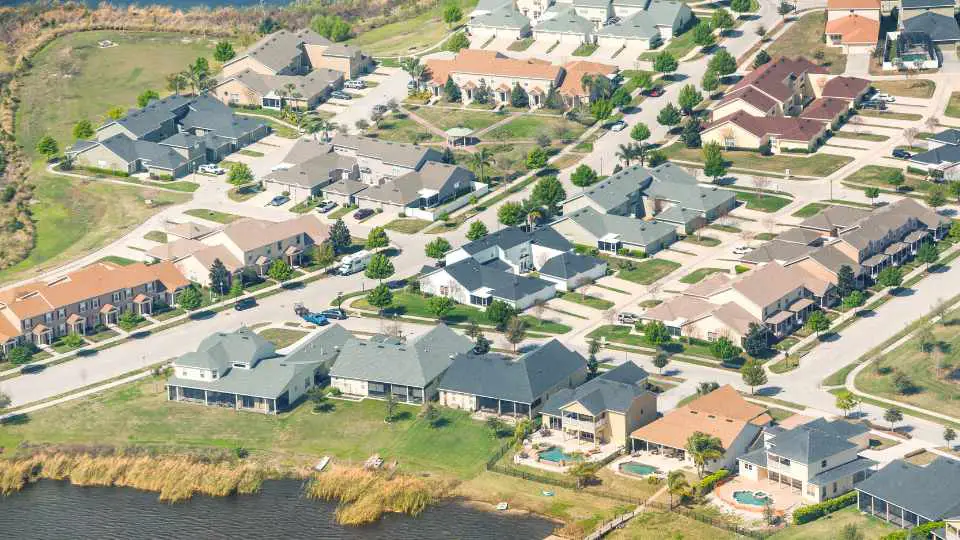
Lifestyle and Recreation
The Greater Orlando area offers a wealth of opportunities for recreation and culture. Residents enjoy an array of parks, rich arts, varied sports and entertainment, as well as diverse shopping and dining options.
Parks and Nature
Greater Orlando’s landscape is dotted with extensive parklands and numerous lakes, providing residents with abundant space for outdoor activities. Lake Eola Park, in the heart of downtown, is a popular spot for walking and picnics with a picturesque lake and swan boats. For those seeking more adventurous trails, the Wekiwa Springs State Park offers miles of hiking paths. Golf enthusiasts have access to premier golf courses like Bay Hill Club and Lodge.
Arts and Culture
Orlando’s arts scene thrives with institutions such as the Orlando Museum of Art and the Dr. Phillips Center for the Performing Arts, which showcase both visual and performing arts. The area is rich with cultural events, ranging from local exhibits to traveling Broadway shows and multimedia installations. The variety enriches locals’ cultural experience without having to leave the city.
Sports and Entertainment
Residents enjoy a range of sports and entertainment options. Orlando is home to NBA’s Orlando Magic and MLS’s Orlando City SC, catering to basketball and soccer fans. The city also frequently hosts concerts and various live shows at venues like the Amway Center, offering evenings full of energy and entertainment.
Shopping and Dining
Shopping enthusiasts will find an array of options, from boutiques in Thornton Park to the expansive offerings at The Mall at Millenia. Dining ranges from casual coffee shops and bars to high-end restaurants, with options to suit every palate and occasion. The region is also known for its unique blend of culinary experiences, often combining local flavors with international cuisine.
Transportation and Accessibility
Transportation and accessibility are pivotal aspects for residents and visitors in the Greater Orlando area. The region offers a variety of options for navigating the city and connecting to surrounding areas, ensuring that mobility needs are met efficiently.
Local Transit
The City of Orlando provides several transit services that cater to the needs of its diverse population. The local bus service, operated by the LYNX Central Florida Regional Transportation Authority, covers a broad network across the area. For those requiring wheelchair-accessible services, companies like Mears Transportation offer a fleet of around 150 wheelchair-accessible motor coaches, buses, and trolleys, plus about 35 accessible taxis.
In addition to bus services, the SunRail commuter train offers an alternative for travel within Orlando and to neighboring communities. Cyclists and pedestrians can take advantage of the West Orange Trail, a scenic route conducive for outdoor recreation and commuting on foot or by bike.
Key Local Transit Entities:
- LYNX buses: Extensive route coverage
- Accessible transportation: Wheelchair-friendly options
- SunRail: Commuter rail service
- West Orange Trail: Pedestrian and bicycle-friendly trail
Regional Connectivity
For long-distance and regional travel, the Orlando International Airport serves as a central hub with a vast array of domestic and international flights. Easily accessible from various highways such as I-4 and the Florida Turnpike, it connects the Orlando area to global destinations.
The Orlando Executive Airport accommodates general aviation and offers a convenient alternative for private flyers. When considering regional connectivity, major highways facilitate travel to coastal areas, theme parks, and other cities throughout Florida, showcasing Orlando’s strategic location as a transportation nexus.
Key Regional Connectivity Entities:
- Orlando International Airport: Major hub for domestic and international travel
- Highways: I-4, Florida Turnpike for convenient regional access
- Orlando Executive Airport: Services for general aviation
By employing a robust network for local transit alongside essential regional connectivity, Orlando’s infrastructure supports a dynamic and accessible transportation system for all.

Orlando Attractions
Orlando offers a myriad of activities, from adrenaline-pumping roller coasters to serene art galleries. Visitors and residents alike are never short of options to explore the city’s vibrant cultural scene and world-famous theme parks.
Theme Parks and Amusement Parks
Orlando is renowned for its impressive array of theme parks and amusement parks. Walt Disney World is a cornerstone of Orlando’s theme park landscape, comprising four main parks: Magic Kingdom, Epcot, Disney’s Hollywood Studios, and Disney’s Animal Kingdom. Each park offers a unique experience with rides, shows, and attractions that cater to all ages.
- Magic Kingdom: The iconic Cinderella Castle and classic attractions like Space Mountain.
- Epcot: Celebrates human achievement with a focus on international culture and technological innovation.
- Disney’s Hollywood Studios: Offers behind-the-scenes glimpses and attractions based on blockbuster movies.
- Disney’s Animal Kingdom: Features a blend of attractions and nature, with experiences like the Expedition Everest roller coaster and the Kilimanjaro Safaris.
In addition to Disney World, the Universal Orlando Resort is another major player, providing immersive experiences with parks such as Universal Studios Florida and Islands of Adventure, home to The Wizarding World of Harry Potter. This attraction brings the magic of Harry Potter to life through meticulously detailed recreations and interactive rides.
Cultural Highlights
For those seeking a break from the high-energy theme parks, Orlando’s cultural offerings provide a refreshing change of pace. Lake Eola Park is a tranquil retreat in the heart of downtown Orlando, where visitors can enjoy leisurely swan boat rides or take a stroll around the picturesque lake.
Meanwhile, art enthusiasts will find solace in Orlando’s esteemed Charles Hosmer Morse Museum of American Art. This museum houses the most comprehensive collection of works by Louis Comfort Tiffany, including his famed leaded-glass lamps and the stunning chapel interior from the 1893 World’s Columbian Exposition in Chicago.
- Lake Eola Park: A serene hub for outdoor activities, swan feeding, and regular cultural events.
- Charles Hosmer Morse Museum: Showcases a breathtaking array of American Art, with a significant focus on Tiffany’s works.
These attractions offer a glimpse into the city’s diverse appeal, where the excitement of roller coasters coexists with peaceful green spaces and the quietly awe-inspiring halls of art museums.

Tips for New Residents
When relocating to the Greater Orlando area, new residents should consider multiple aspects to ensure a smooth transition. These include pinpointing the ideal neighborhood, streamlining the moving in process, and engaging with the community.
Finding the Right Spot
Orlando is brimming with diverse neighborhoods, each offering a unique living experience. Winter Garden is known for its family-friendly atmosphere and historic charm, while Lake Nona is a hit among healthcare professionals and tech enthusiasts due to its innovative Medical City. For those desiring picturesque surroundings, Lake Eola Heights Neighborhood boasts stunning historic homes within walking distance to downtown Orlando.
- Baldwin Park offers a mixed-use community with a blend of residential and commercial spaces.
- College Park is perfect for those looking for a tight-knit community feel paired with historic homes and brick-lined streets.
- Thornton Park is ideal for people who appreciate upscale dining and stylish bungalows.
- Audubon Park is renowned for its eclectic vibe, garden district, and locally-owned shops.
| Neighborhood | Features |
|---|---|
| Winter Garden | Family-oriented, historic |
| Lake Nona | Innovative, Medical City nearby |
| Lake Eola Heights | Historic homes, proximity to downtown |
| Baldwin Park | Mixed-use, community-centric |
| College Park | Tight-knit, historic charm |
| Thornton Park | Upscale dining, stylish housing |
| Audubon Park | Eclectic, garden district |
Settling In
Once residents have selected their neighborhood, they need to focus on settling into their new home. It’s important to connect essential services such as electricity, water, and internet promptly. Additionally, they should become familiar with local amenities like grocery stores, hospitals, and schools. Proximity to educational institutions like Rollins College and Full Sail University can be beneficial for both students and academically-focused families.
Getting Involved
Integration into the community is key to embracing life in Orlando. Newcomers should explore local events, clubs, and organizations to meet neighbors and make friends. For those interested in the arts, the community around Lake Eola offers regular activities and cultural events. Fitness enthusiasts should investigate the parks and trails in neighborhoods such as Thornton Park and Baldwin Park. Volunteering or participating in local meet-ups can also be a great way to get involved and contribute to the area’s vibrant community spirit.

Future of Orlando
Orlando’s trajectory is characterized by significant population growth and evolving urban landscapes, but also accompanied by infrastructural and environmental challenges.
Development and Growth
Orlando is anticipated to expand substantially, adding more than 1,500 residents weekly over the next several years. By 2030, the population is expected to reach 5.2 million. Orange County remains a hub of this expansion, with new home communities emerging across the region.
Lake Mary and Sanford are seeing the development of modern apartment complexes, appealing to professionals and families alike. Clermont and Ocoee are transitioning, offering both historic homes and new suburban developments.
Seminole County is strengthening its position as a family-friendly locale with an array of best places to raise a family, while areas like Celebration and Lake Ivanhoe provide picturesque settings, often coupled with Mediterranean architectural styles. Altamonte Springs and Maitland continue to attract residents with their promising mix of amenities and proximity to Central Park and downtown areas.
Challenges and Considerations
As Orlando grows, so do the challenges. The cost of living, while still 2% lower than the national average, needs continuous monitoring to maintain affordability. Hurricanes pose seasonal environmental threats, prompting the necessity for robust disaster preparedness strategies.
The demand for education resources will surge, requiring an additional 30,000 teachers by 2030 to service an increased student population of 135,400. Traffic congestion, especially on highways like I4, demands thoughtful transport planning and public infrastructure investment.
Counties like Lake Monroe and Kissimmee must balance growth with preservation efforts, ensuring that the charm of their historic neighborhoods is not ousted by unchecked development. Nightlife and tourism remain vital to Orlando’s economy, drawing both young professionals and retirees seeking vibrant living options. Addressing these facets is paramount for Orlando’s sustainable progress and maintaining its repute as a desirable location for living and families.

Final Thoughts
The Greater Orlando area offers residents an appealing blend of benefits that cater to diverse lifestyles and preferences. Residents enjoy ample sunshine and a climate that supports outdoor activities throughout the year. With beautiful neighborhoods like College Park, individuals have access to a mix of small businesses and dining options, contributing to a vibrant community life.
- Entertainment: Orlando is renowned for its vast array of theme parks, providing constant access to world-class entertainment.
- Cost of Living: Housing varies, from more expensive downtown areas to affordable villages, offering rentals that can cater to different budgets.
However, potential residents should be mindful of the trade-offs, such as the bustling nature of the downtown area, which might impact housing costs. The city’s popularity also means that one might experience tourist-related congestion.
Individuals considering a move to Orlando should weigh these pros and cons carefully to determine if it aligns with their personal and financial goals. With its dynamic atmosphere and the promise of year-round recreational opportunities, Orlando could very well be the ideal place for those seeking a balance between urban convenience and leisurely living.
Are you interested in owning a home in Florida?
If the allure of sun-kissed beaches, vibrant communities, and year-round warmth speaks to your heart, owning a home in Florida might just be your next great adventure!
To help our audience with buying or selling a home in Florida, Endless Summer has affiliated with Quantum Realty Advisors, Inc. (“Quantum”) which is a licensed Florida real estate company that has been in business since 1998. Quantum’s experienced real estate advisors will take the time to discuss exactly what your are looking for in a home as well your what will fit into you budget.
When you are ready to begin, they will be with you every step of the way. Click here to contact the team at Quantum.

